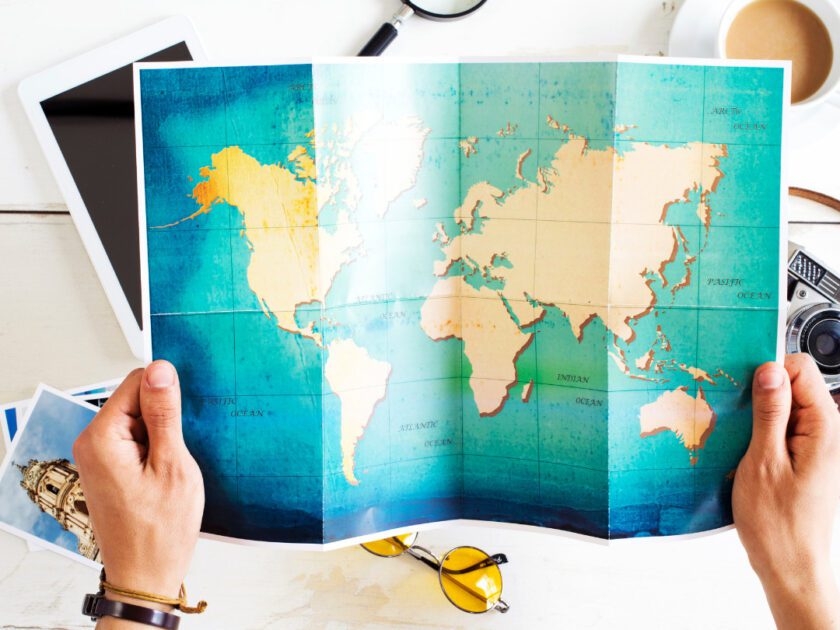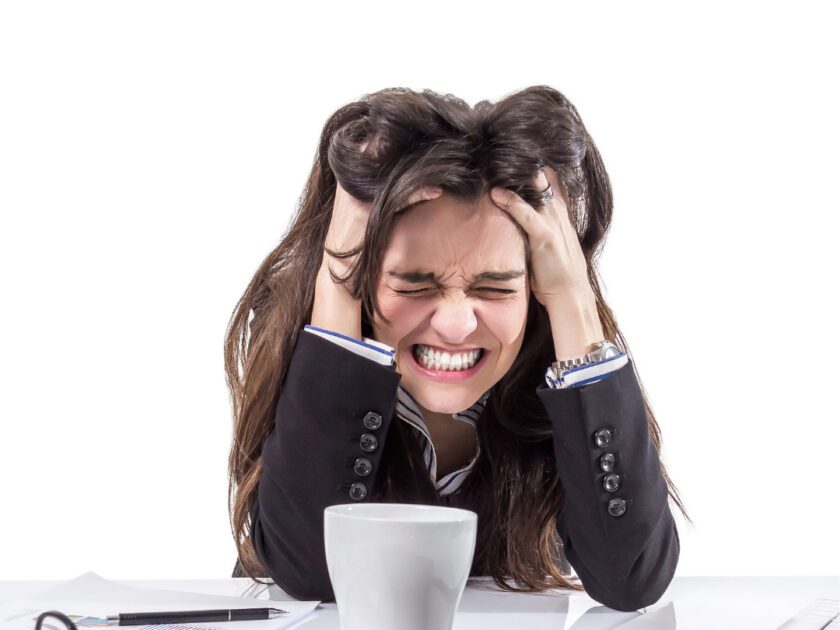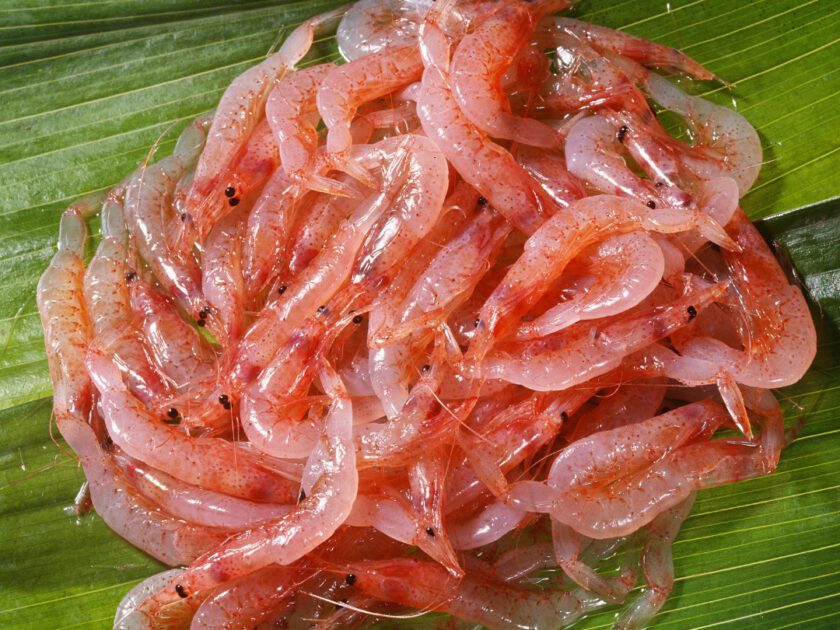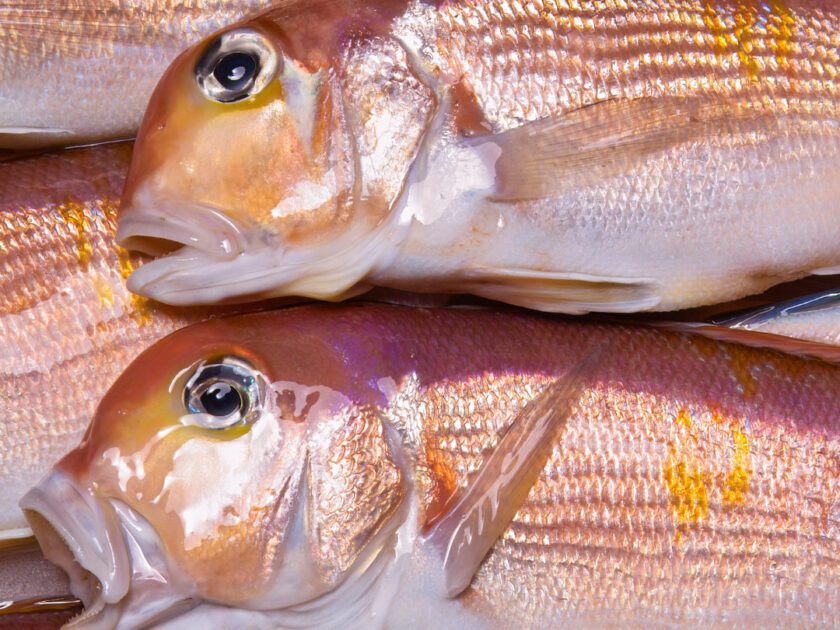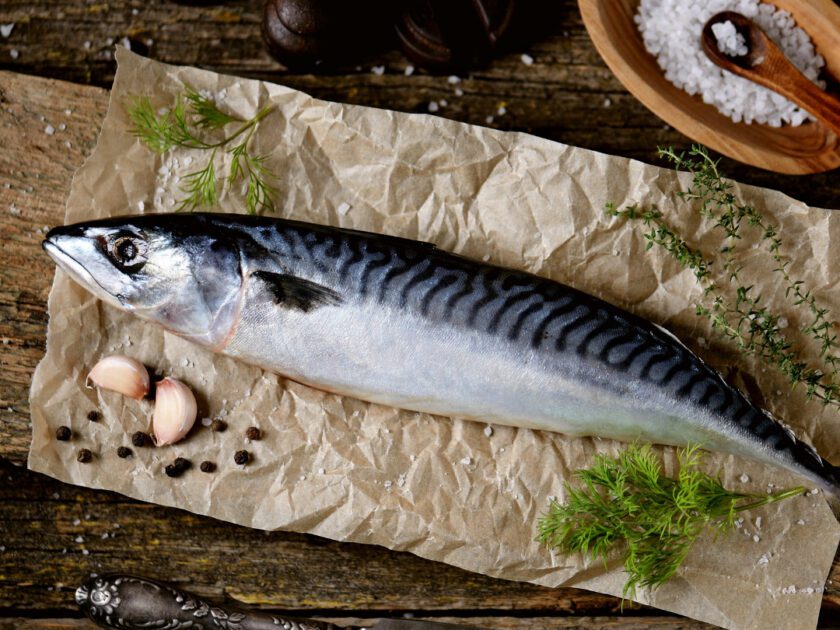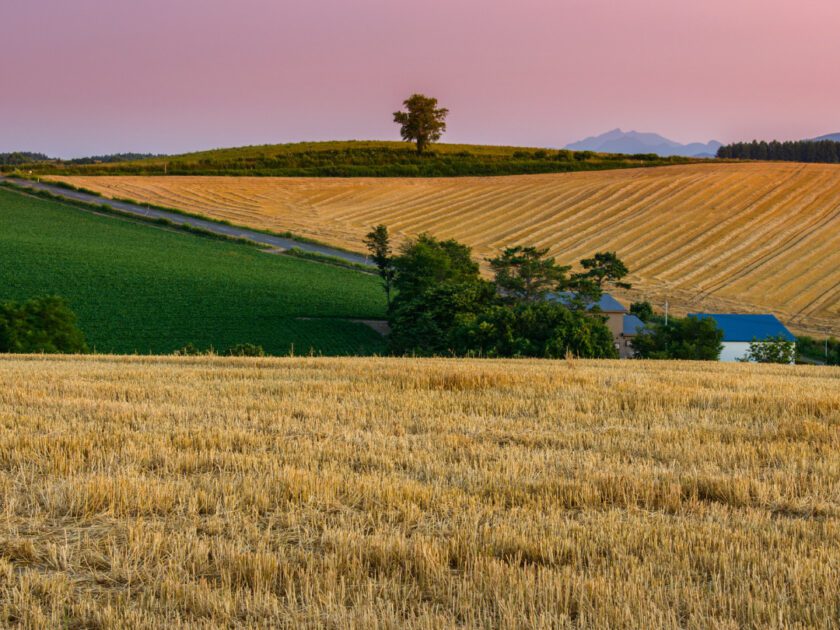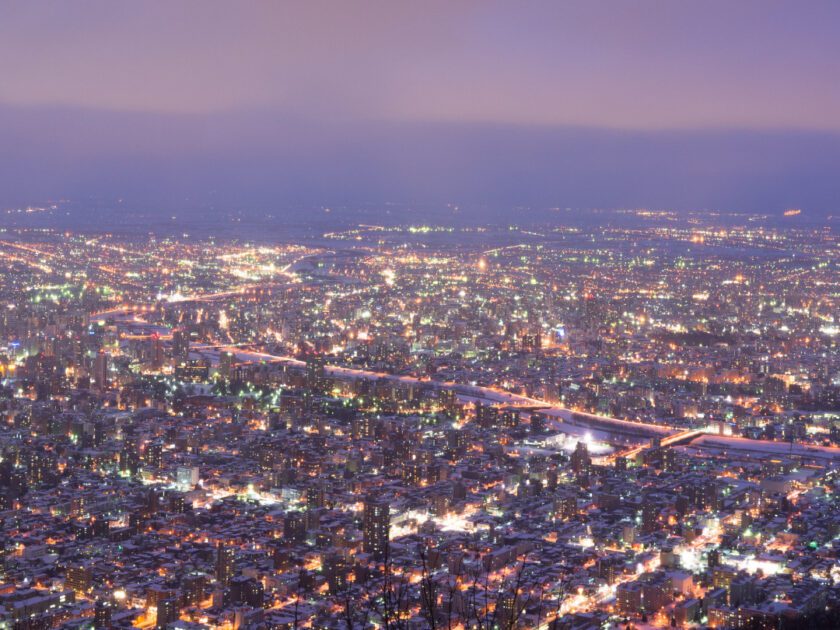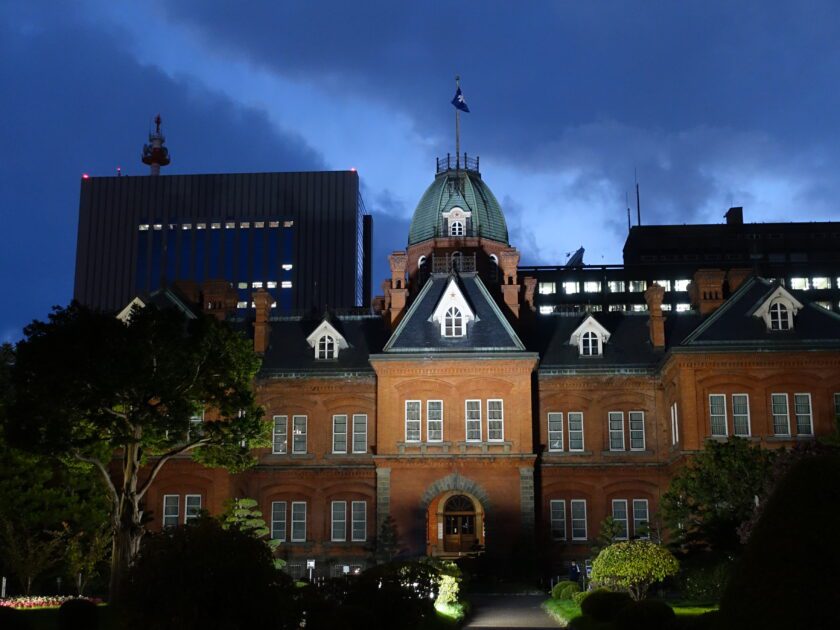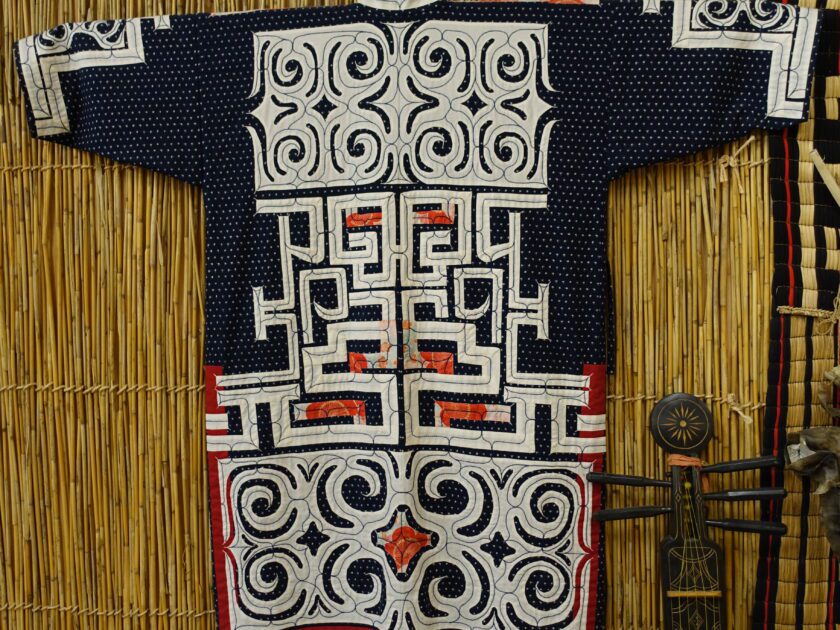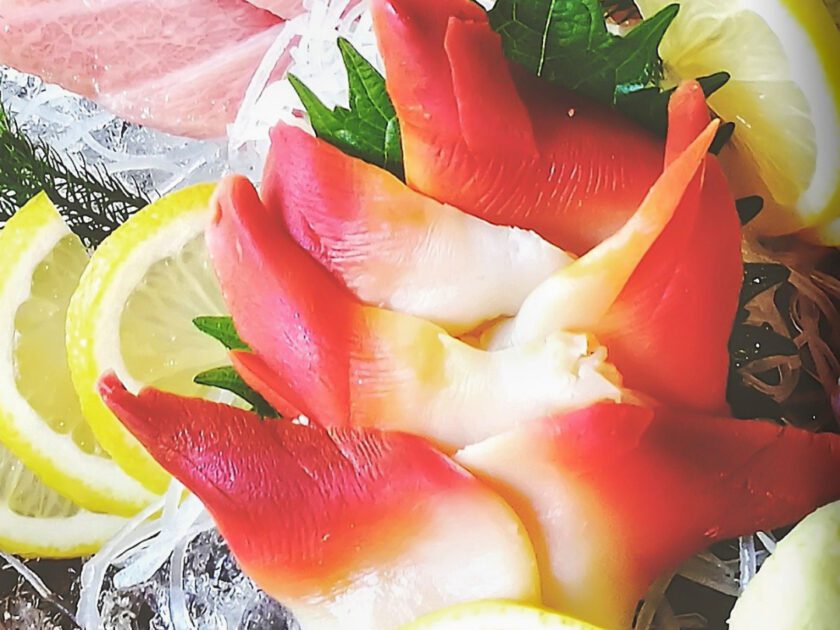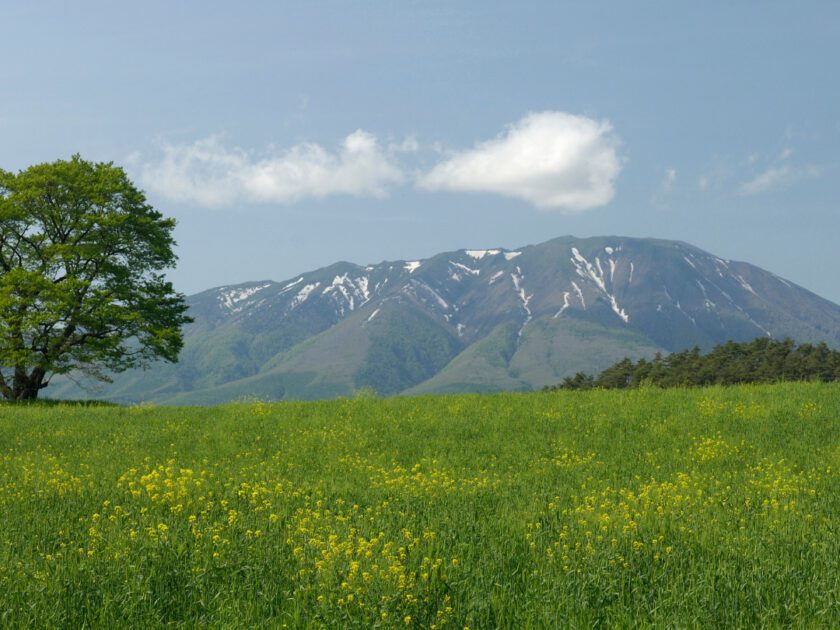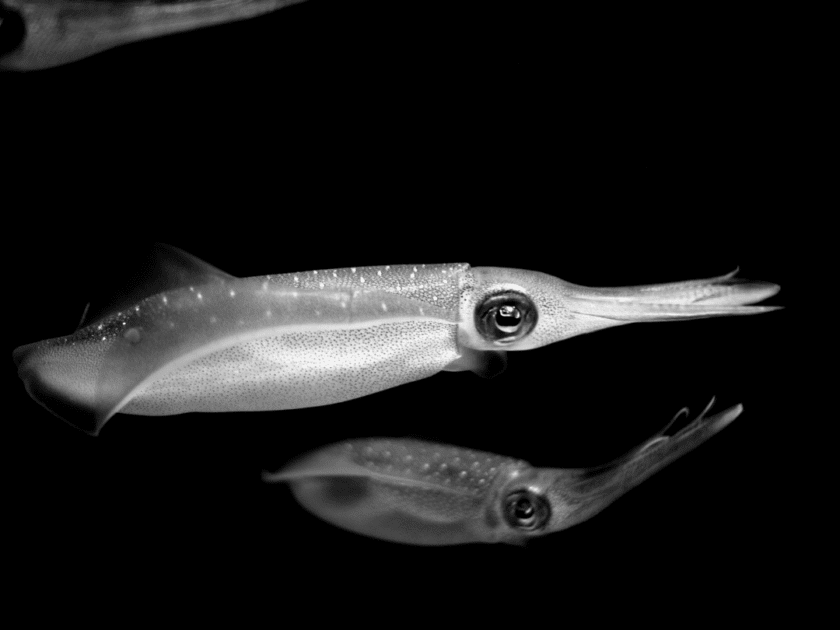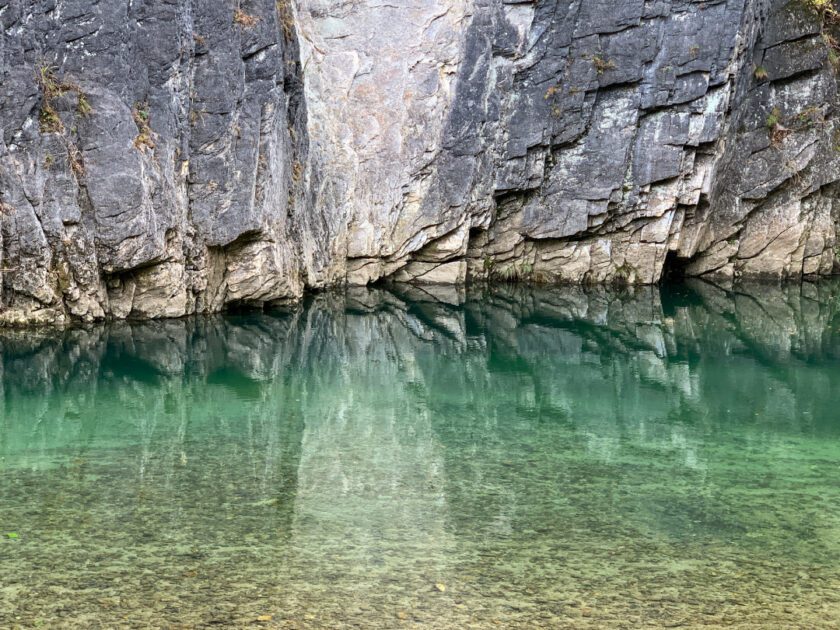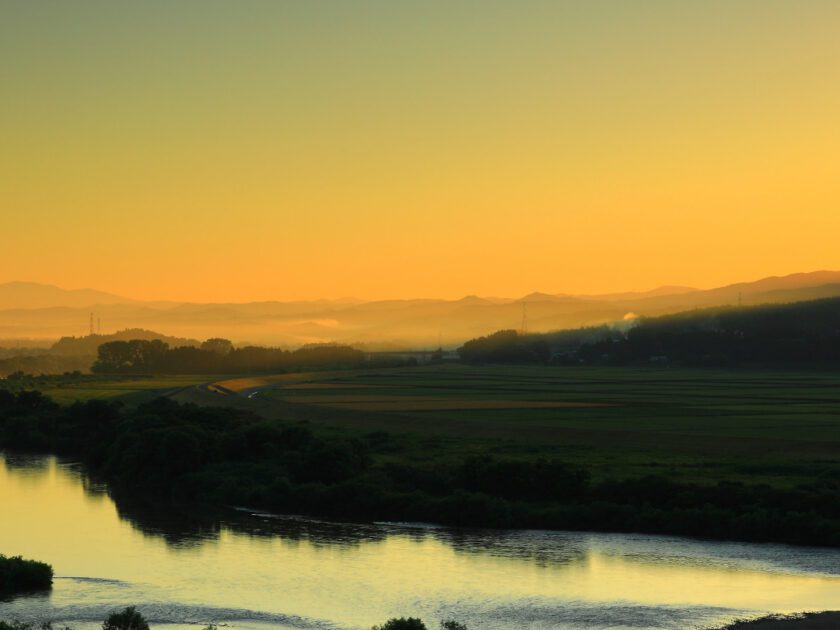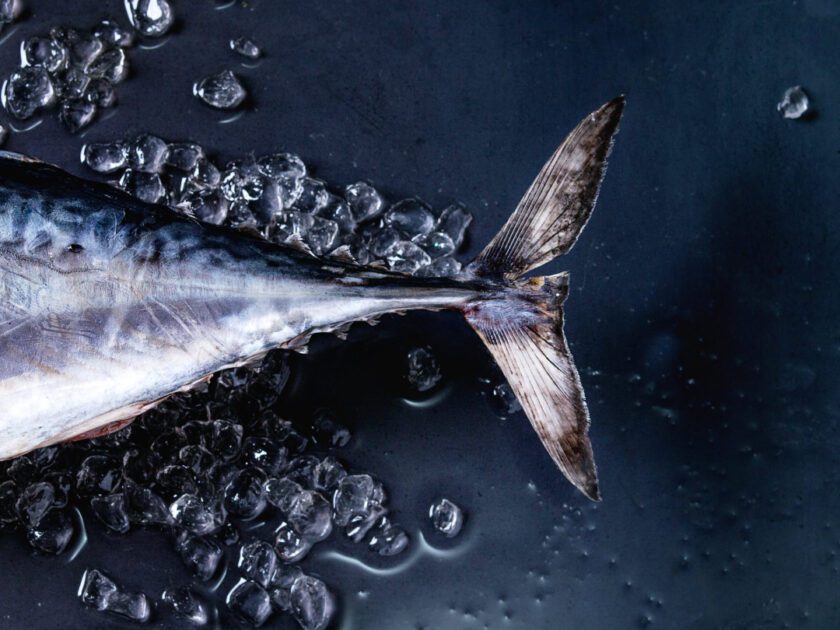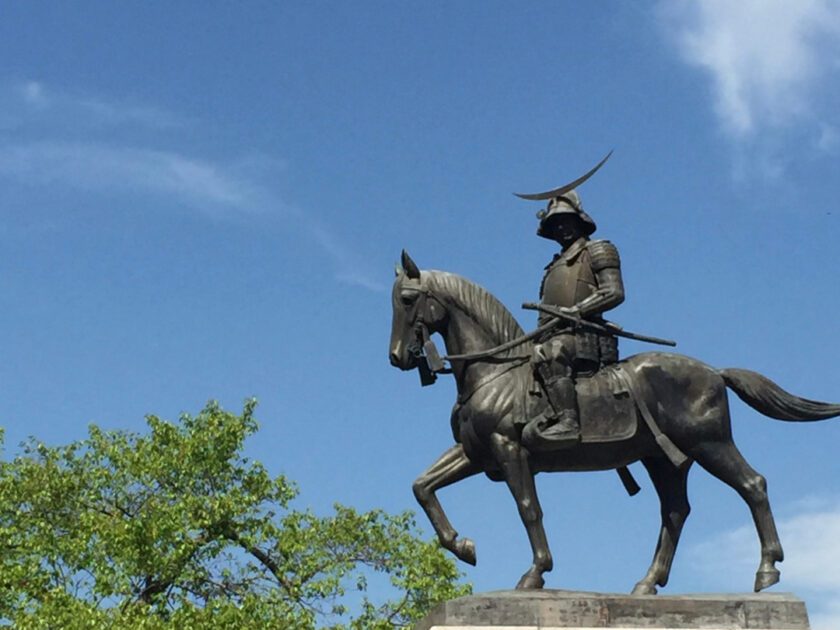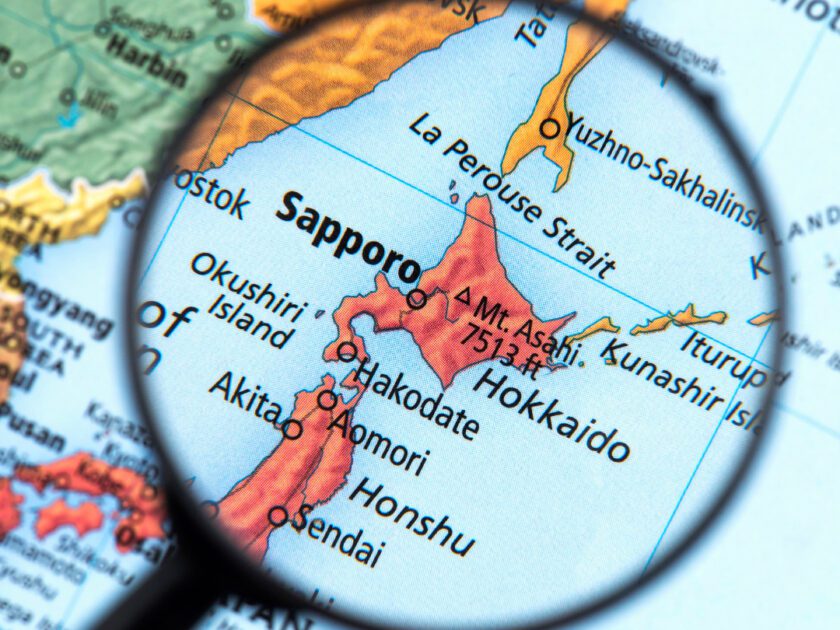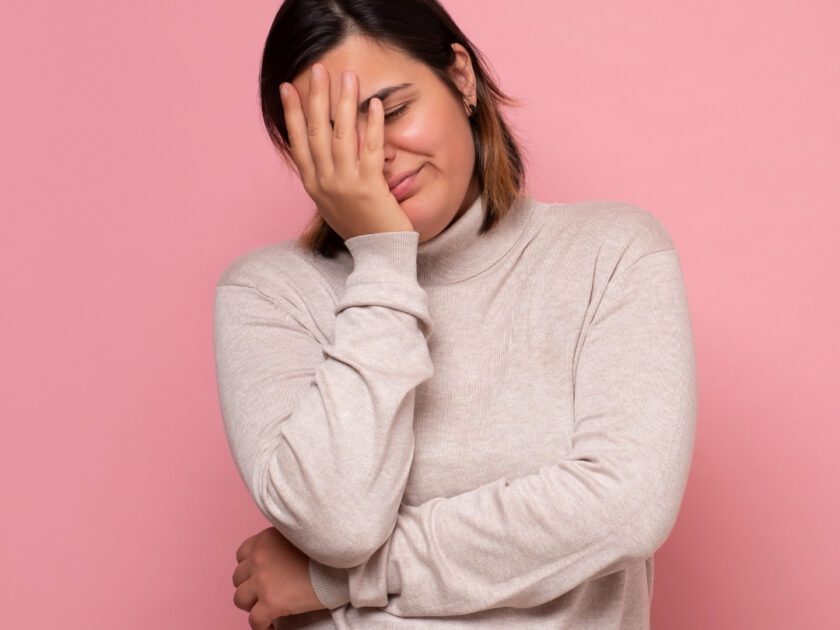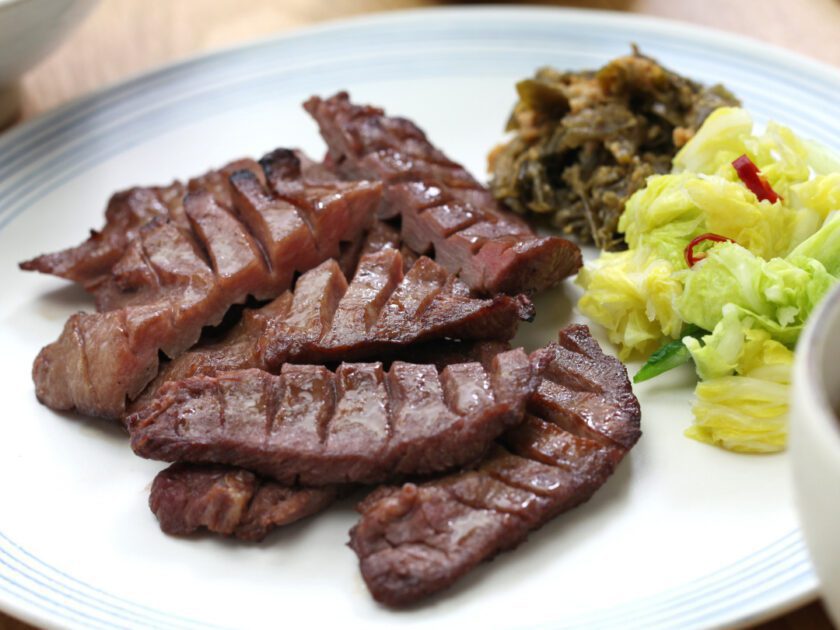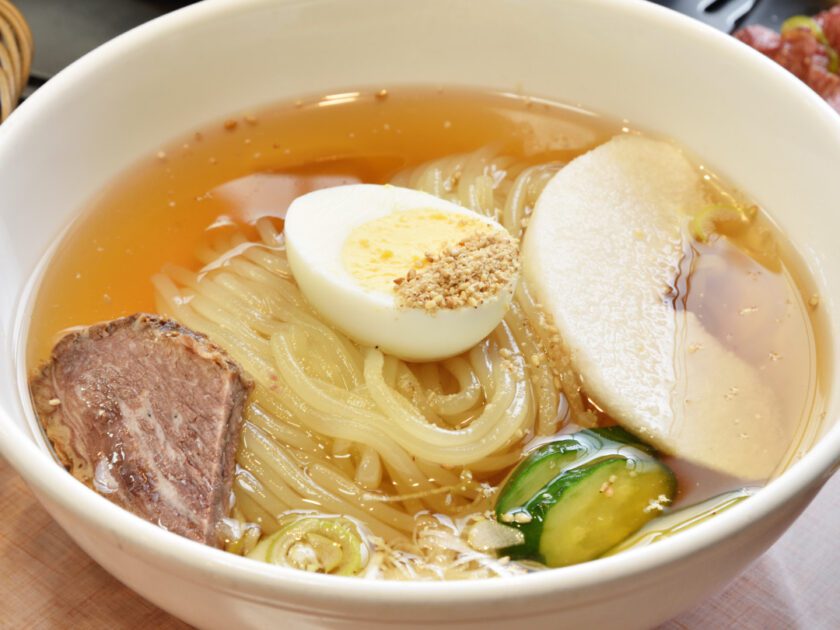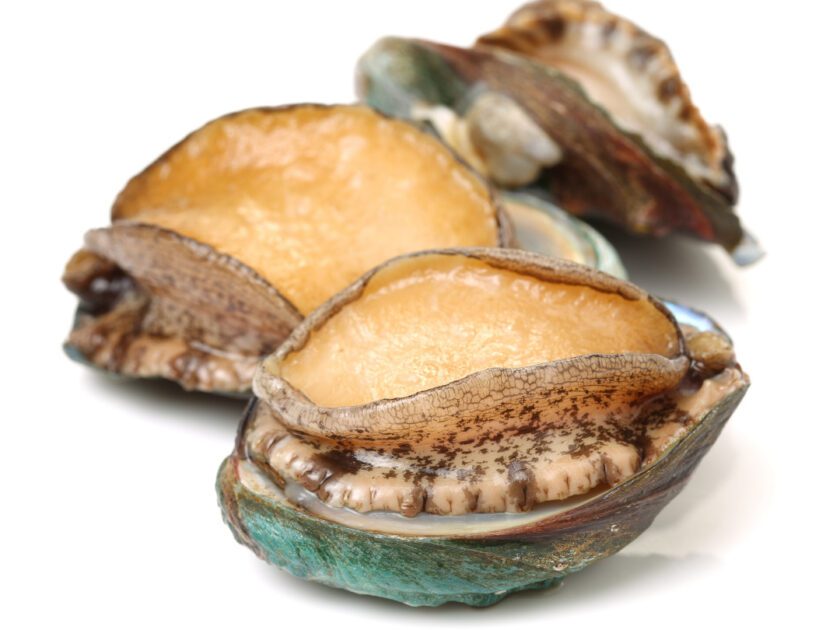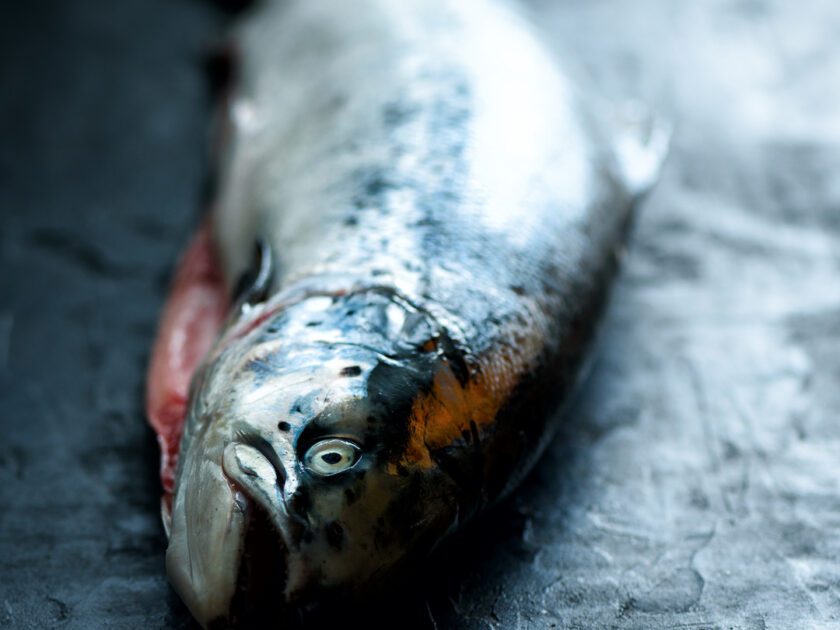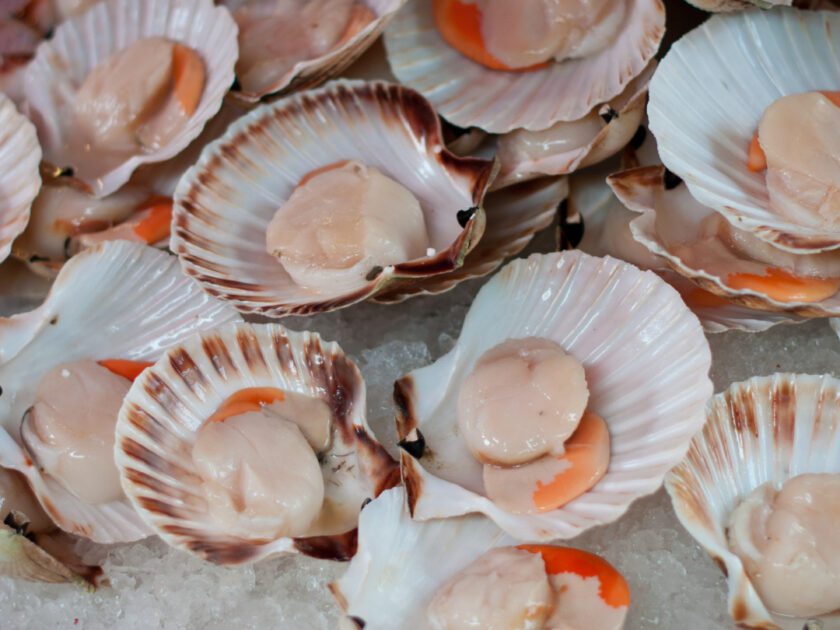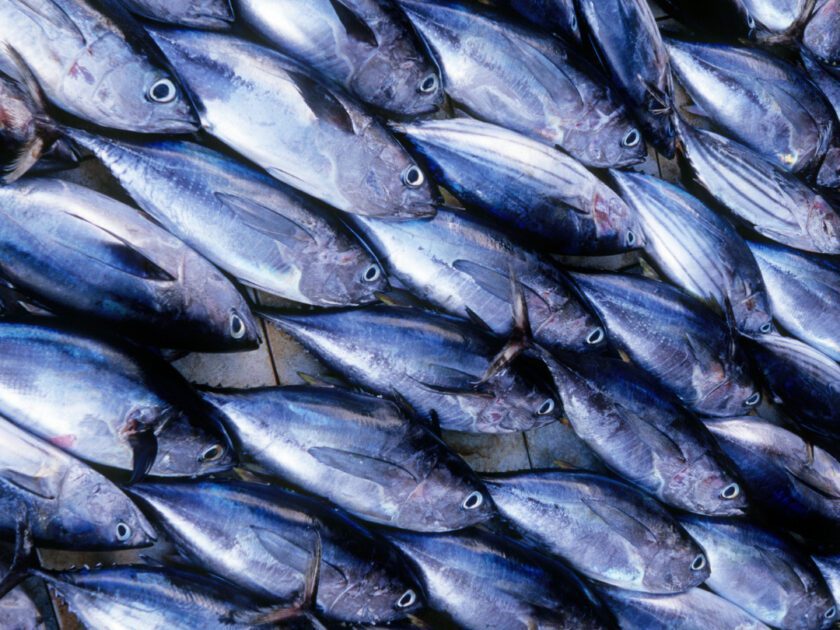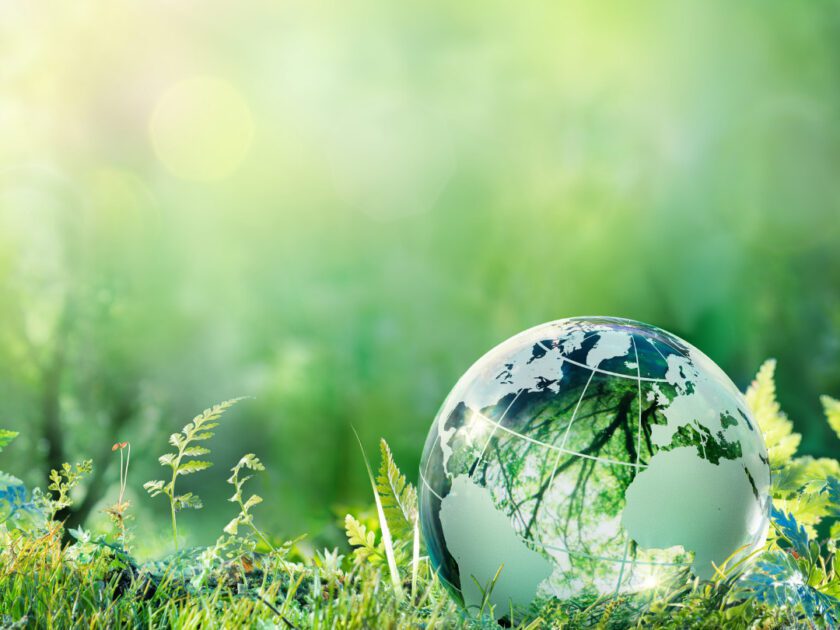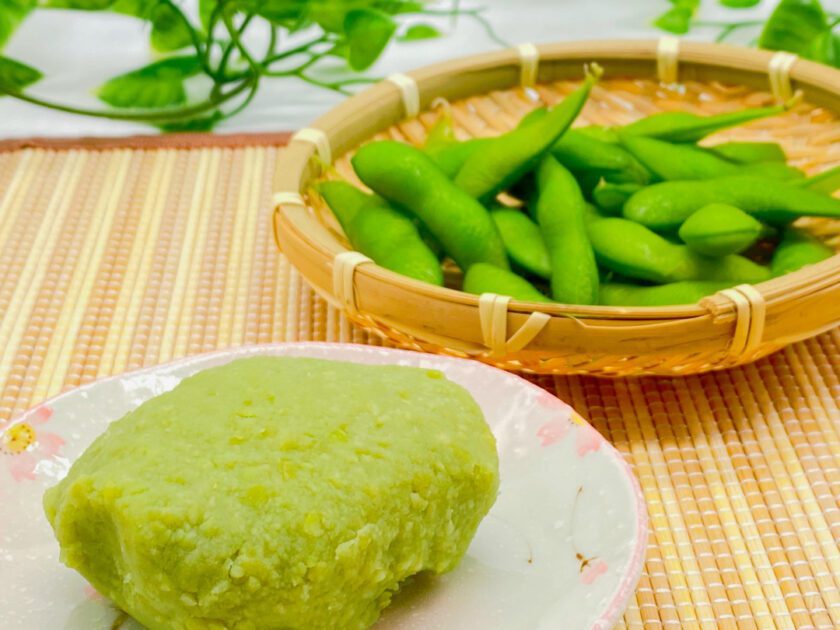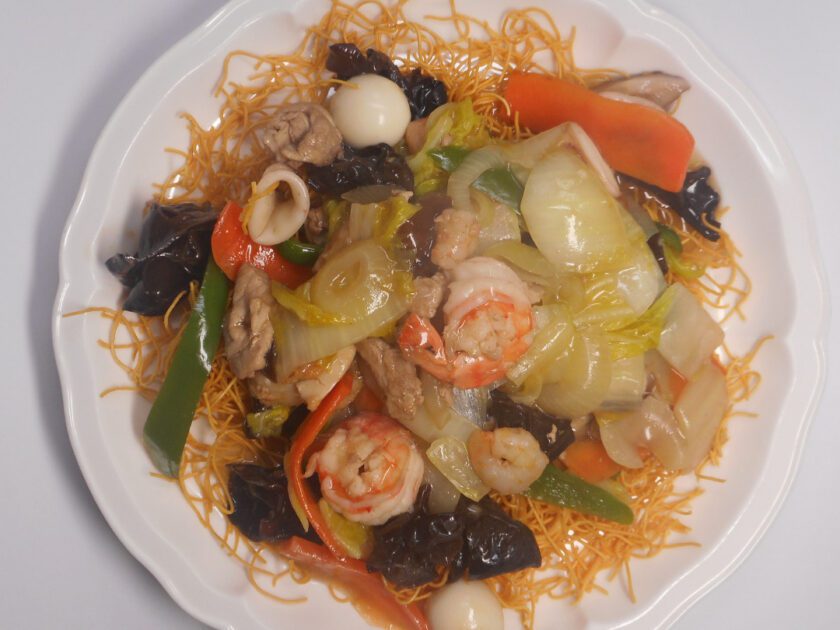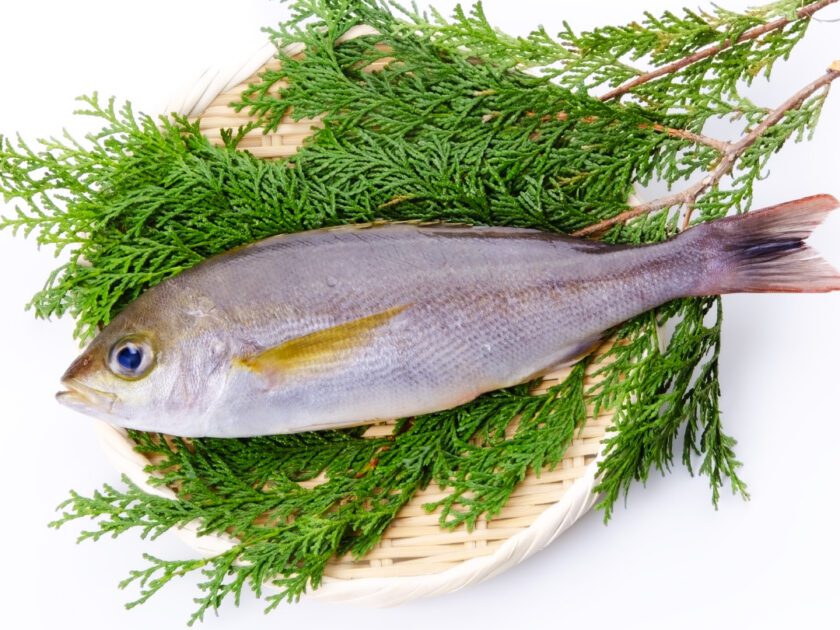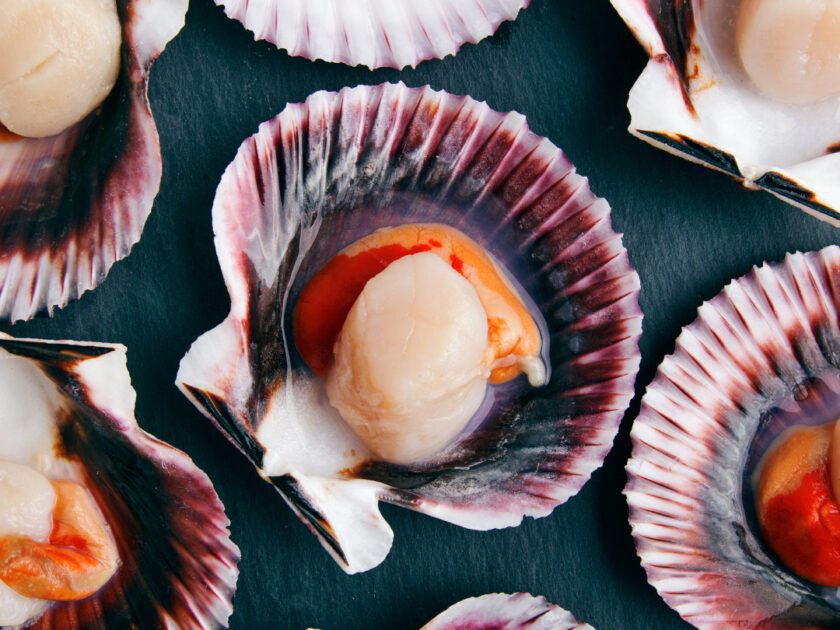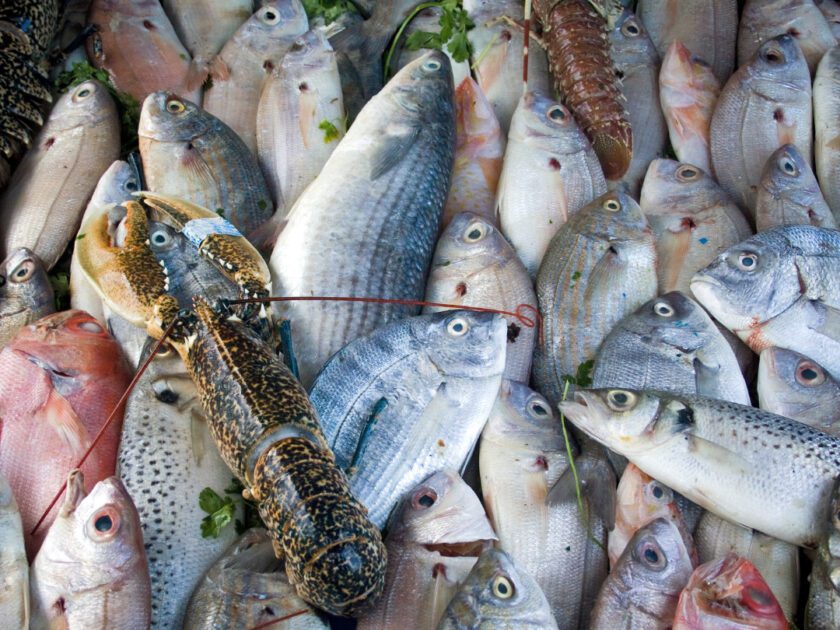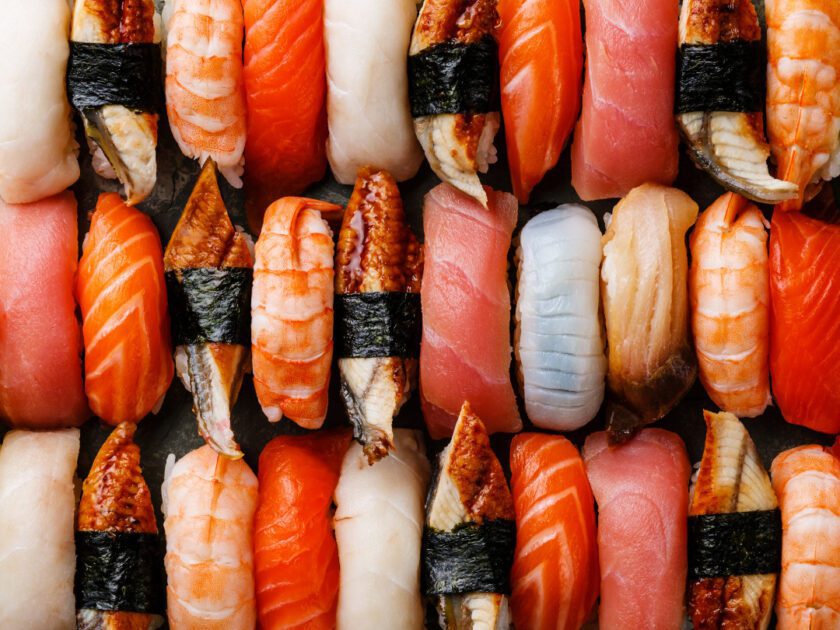How to create a Japanese itinerary that won’t fail No.2
How to create a Japanese itinerary that won’t fail No.2 Table of contents 1.The method of “narrowing down the options” to eliminate “uncertainty” 2.Narrowing down of travel destinations by “season of fish and shellfish” 3.How to narrow down by “seafood season” 1.The method of “narrowing down the options” to eliminate “uncertainty” This time, we will introduce the method of “narrowing down the options” to eliminate “uncertainty”. Of course, how to narrow down your travel destination options depends on your interests. People who want to go to a specific place such as a theme park are not eligible here because they have narrowed down their travel destinations from the beginning. Here are some ways to help more people. It is a methodology for those who vaguely want to go on a trip. How do you decide where to travel? I think that you choose your travel destination from various perspectives, such as the tourist destination you want to go to, the hot springs you want to go to, the hotel / ryokan you want to go to, and the food you want to eat. However, we pointed out last time that there are many travelers in Japan and around

